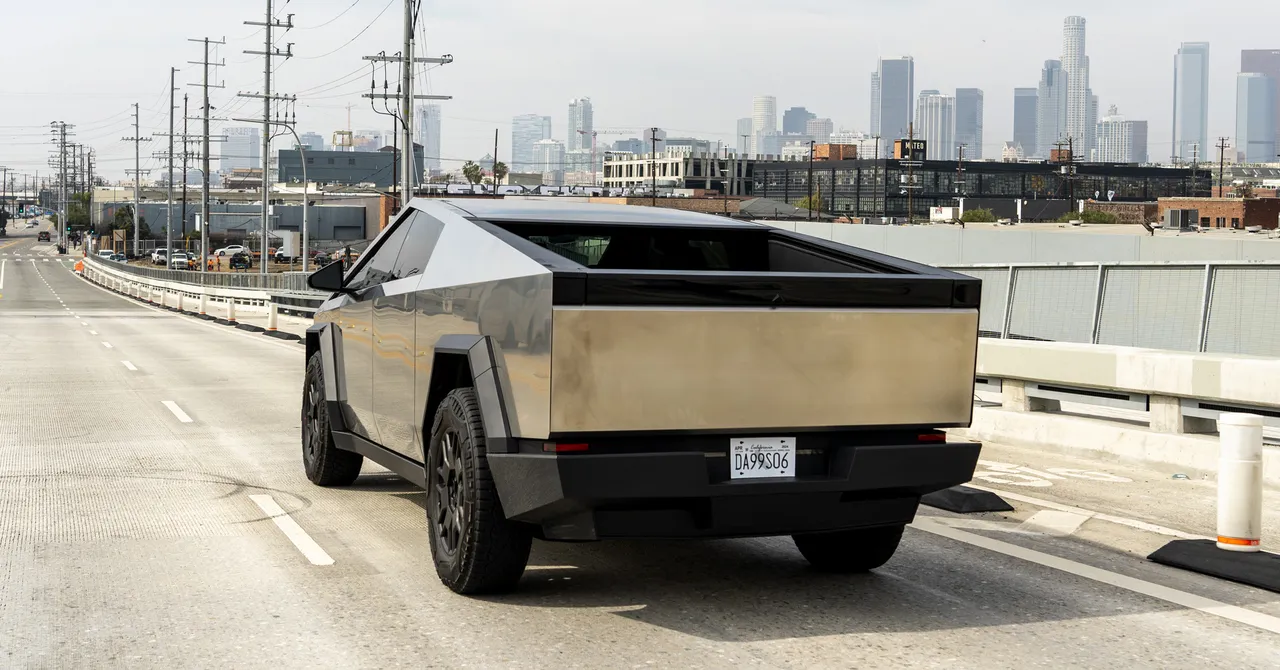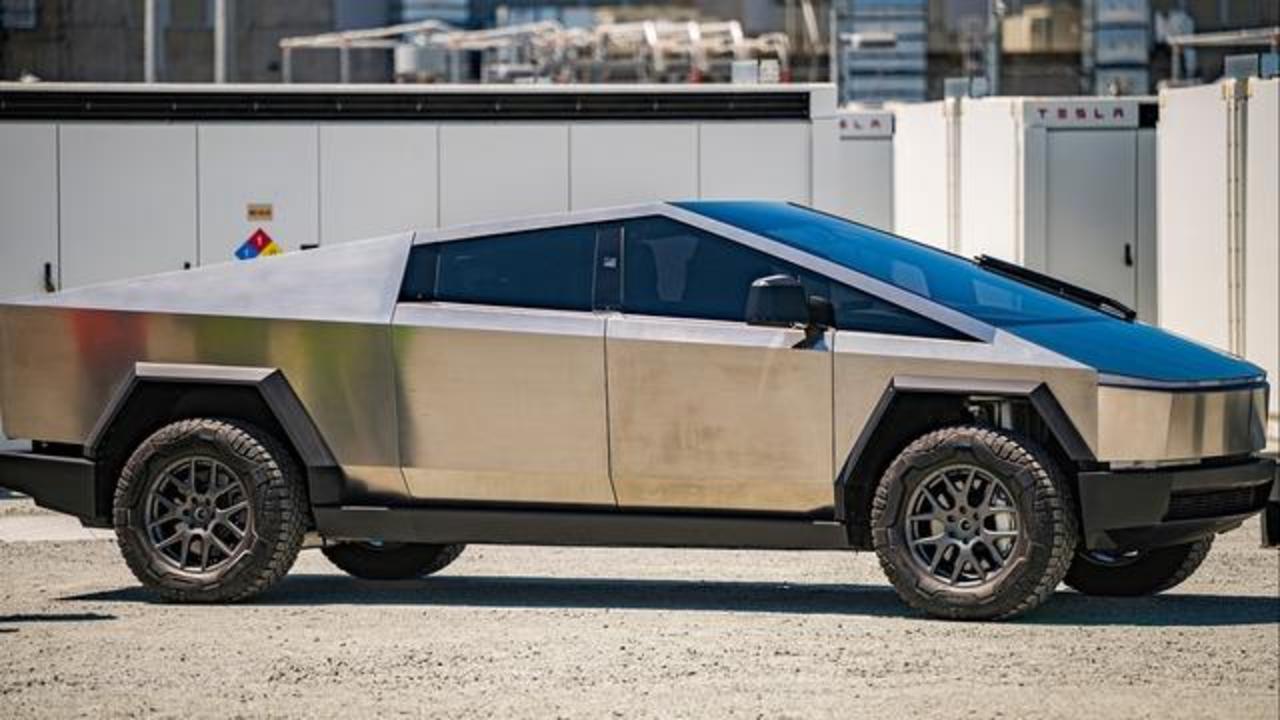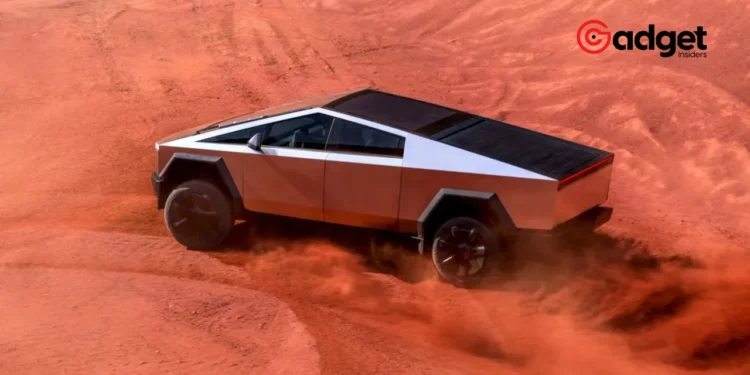Tesla, a brand synonymous with innovation in the electric vehicle industry, finds itself grappling with a severe setback as it recalls all Cybertruck units due to a critical malfunction. This recent crisis not only underlines the challenges Tesla faces amidst fierce competition but also raises questions about the company’s future direction under Elon Musk’s leadership.

Tesla Cybertruck Recall: Accelerator Pedal Safety Concerns
In a significant blow to Tesla, the company initiated a recall of all Cybertruck units after discovering a dangerous issue with the vehicle’s accelerator pedal. Reports of the pedal becoming detached and causing unintended acceleration forced Tesla to take swift action. This problem was brought to light by the U.S. National Highway Traffic Safety Administration (NHTSA), which prompted the company to recall the trucks to mitigate any risk of accidents.
Dan Ives, a senior equity analyst at Wedbush Securities, characterized the situation as “another black eye for Tesla,” pointing to the severity of launching such a highly anticipated product with a major flaw. The Cybertruck, envisioned as a revolutionary model in the electric truck segment, has instead become a source of embarrassment and concern.
Here is the @cybertruck 35 second recall fix at the Cyber takeover event pic.twitter.com/XGsINAEFHQ
— Aaron Cash (@aaronjcash) April 20, 2024
A Catalogue of Missteps
The Cybertruck has faced a slew of issues beyond the accelerator pedal. Since its debut, owners have reported problems ranging from the vehicle getting stuck in various terrains to unexpected rusting of its stainless steel exterior. Even more concerning are reports of the truck’s windshield shattering under relatively mild stress, such as a hail storm. These incidents tarnish the truck’s reputation, which Elon Musk once claimed would be the “best off-road vehicle.”

Despite Tesla’s assurance that what appears to be rust is merely “surface contamination” that can be cleaned with isopropyl alcohol, the frequency and variety of these complaints paint a troubling picture of Tesla’s quality control and design decisions.
Market Impact and Investor Concerns
This series of misfortunes comes at a critical time for Tesla, which has seen its stock prices plummet, erasing all its gains from earlier in the year. The company has also announced a significant reduction in its workforce by about 14,000 jobs, signaling a potential shift in operational strategy. Amidst these challenges, Tesla shareholders are wrestling with decisions about Musk’s proposed $56 billion pay package, which has been met with skepticism and legal scrutiny.

The Cybertruck’s failures contribute to a broader narrative of a company struggling to maintain its pioneering status in the electric vehicle market, especially as it faces increasing competition from Chinese manufacturers and ongoing legal challenges related to its semi-autonomous driving technology.
The Road Ahead
As Tesla gears up to release its first-quarter earnings, all eyes will be on how the company addresses these challenges and what steps it plans to take to regain consumer confidence and investor trust. The recall may have been swift, but the repercussions of the Cybertruck’s failures are likely to linger, posing significant questions about Tesla’s ability to innovate responsibly.
Tesla’s journey with the Cybertruck underscores a critical lesson for the tech giant: pushing boundaries in automotive innovation requires not just technological expertise but also a robust commitment to safety and reliability. As the company moves forward, it must balance its ambitious vision with the practicalities of producing vehicles that are safe, reliable, and meet the high expectations of its customers.










